
Do you have a question about the ZyXEL Communications EMG2926-Q10A and is the answer not in the manual?
| Product Type | Wireless Gateway |
|---|---|
| Wireless Frequency Bands | 2.4 GHz, 5 GHz |
| WAN Ports | 1 |
| LAN Ports | 4 |
| USB Ports | 1 x USB 2.0 |
| Weight | 0.5 kg |
| Operating Temperature | 0°C to 40°C |
| Storage Temperature | -20°C to 70°C |
| Humidity | 10% to 90% (non-condensing) |
| Wireless Standard | IEEE 802.11ac, IEEE 802.11n, IEEE 802.11a, IEEE 802.11g, IEEE 802.11b |
| Ethernet Ports | 4 |
| Security Protocols | WPA, WPA2 |
| Security Features | Firewall |
| Wireless Technology | Wi-Fi 4 (802.11n), Wi-Fi 5 (802.11ac) |
Introduces the EMG2926-Q10A, its features, and basic operations.
Introduces the HTML-based management interface for device setup and configuration.
Explains the different operating modes the EMG2926-Q10A can function in.
Describes the default router mode and its function in connecting networks.
Explains how to use the EMG2926-Q10A as an access point to extend a network.
Provides step-by-step guides for setting up various network configurations.
Discusses how to view read-only information regarding the device's operational state.
Introduces the Wide Area Network (WAN) configuration screens for Internet access.
Introduces wireless network configuration options for both 2.4GHz and 5GHz bands.
Introduces the configuration options for the Local Area Network (LAN) settings.
Introduces the DHCP server functionality for automatic IP address assignment.
Introduces Network Address Translation (NAT) and its role in network connectivity.
Introduces Dynamic Domain Name Service (DDNS) for using domain names with dynamic IPs.
Introduces static routes for directing network traffic to specific destinations.
Introduces the firewall feature for protecting the network from unwanted traffic.
Introduces content filtering for blocking specific web features and designated trusted computers.
Introduces parental controls for blocking specific URLs and defining access schedules.
Introduces IPv6 firewall rules for blocking unwanted IPv6 traffic.
Introduces StreamBoost technology for optimizing network traffic and performance.
Introduces remote management capabilities for accessing the device from a distance.
Introduces Universal Plug and Play (UPnP) for simplified network device connectivity.
Introduces USB media sharing capabilities for providing media access over the network.
Introduces Ethernet port speed and duplex settings for network connections.
Introduces the maintenance screens for device management and updates.
Provides an overview of common problems and their potential solutions.
Explains how to manage pop-up blocker settings in Internet Explorer for web configurator access.
Details how to ensure JavaScript is enabled in the browser for proper web configurator display.
Guides users on configuring Java permissions in the browser for web configurator functionality.
Provides instructions for configuring IP settings on Windows XP/NT/2000 computers.
Offers guidance on configuring IP settings for Windows Vista operating systems.
Details steps for configuring IP settings on Windows 7 operating systems.
Explains how to configure IP settings on Mac OS X versions 10.3 and 10.4.
Provides instructions for configuring IP settings on Mac OS X versions 10.5 and 10.6.
Guides users on configuring TCP/IP settings for Ubuntu 8 (GNOME) Linux.
Details steps for configuring TCP/IP settings for openSUSE 10.3 (KDE) Linux.
Lists commonly used network services, their protocols, and port numbers.
Contains copyright information for the manual and product.
Provides a disclaimer regarding liability for product use and software.
Details FCC, Industry Canada, and IC radiation exposure compliance statements.
Provides the FCC interference statement and compliance conditions.
Lists the information needed when contacting customer support for assistance.
Provides contact details for ZyXEL's worldwide corporate headquarters.

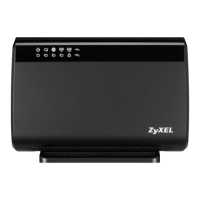
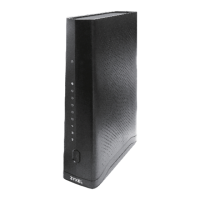
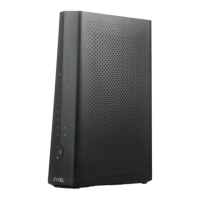
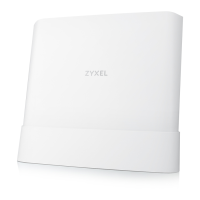

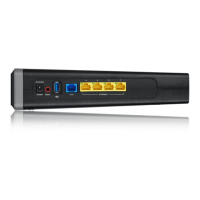

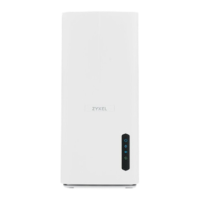
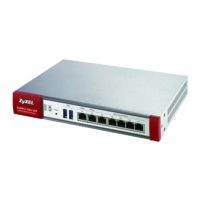
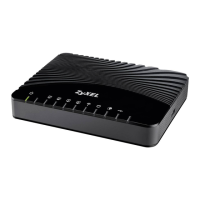
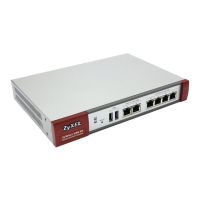
